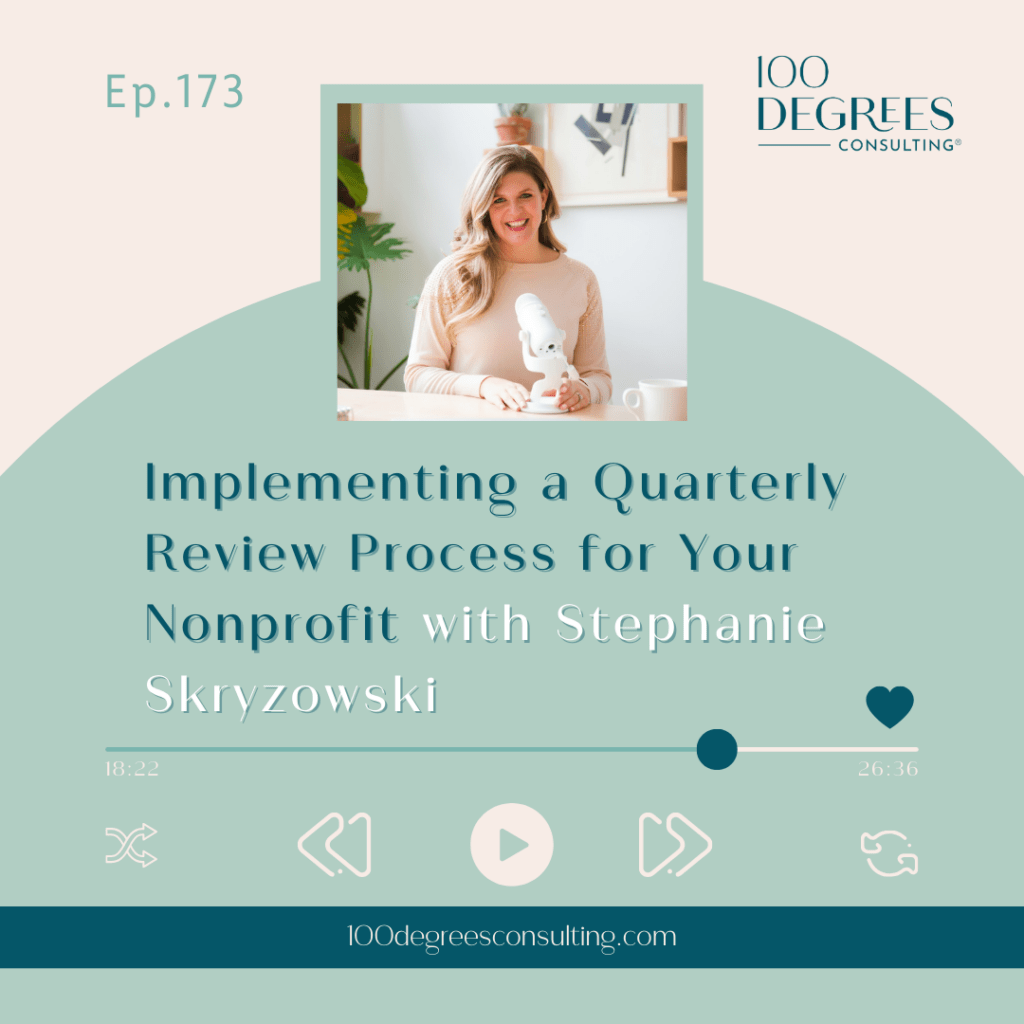Even if you’re not the one in your household who pays the electric bill, checks your bank statements or transfers the money into savings, you are still invested in the financial health of the family. How money is spent affects you and you’re therefore conscious of the financial impact your actions make. These new suede boots for fall fit into the budget, right?
The same mentality needs to apply in the nonprofit world. Oftentimes, program staff feel so far removed from the budget, the balance sheet, the income statement, that they may have no clue how the organization is doing. They’re likely devoting every bit of energy to their clients that there’s no time left to dig deeper and do the research on their agency’s financial health.
That’s where we come in. As the financial leadership of the organization, it’s our duty to be transparent and share the balance sheet and income statement with everyone from entry-level program staff to the Board Chair. Many organizations face the who/what/when/how challenges with openly sharing their financials which I will address.
Who to share financial info with?
Everyone! Staff, board, donors, volunteers. Financial information about your agency is relevant for all stakeholders. We’ll talk more about what information and how you present it below.
What to share?
For the sake of understandability, I would recommend sharing different types of information and presentations to different groups of people (using the same set of financials as your base, of course).
Board: High-level dashboard – a birds’ eye view – of the quarterly financials and forecasts plus a full balance sheet and income statement for those who want more details
Staff: High-level dashboard with highlights that are relevant for them (i.e. share about a new grant or program, or the fundraising results from last month’s gala). The more graphical the presentation, the better!
Volunteers/donors/public: High-level and/or public information such as the 990, annual report and audited financials
When to share it?
- Annually: Annual report, 990, audited financials on website
- Quarterly: Board meetings and staff meetings
- Monthly: Board Treasurer and leadership team
How do we make the information interesting and readable?
PowerPoint. Graphs and charts. Bulleted talking points. Simplicity can be powerful!


Put yourself in your audience’s shoes. Do they know what accrued expenses or current liabilities mean? Probably not. Take five seconds to explain it and you’ll see a lot more head nods than heads buried in smartphones. Again, Excel graphs and charts are your friend. They’re super simple to create and for those of us who don’t get their kicks from black and white spreadsheets full of numbers, they help tell a much richer story of your organization’s financial health.
I encourage you to be transparent about your financials because transparency breeds ownership and ownership breeds engagement and engagement by all stakeholders will take your agency to the next level.

How does your organization share financial information?




















